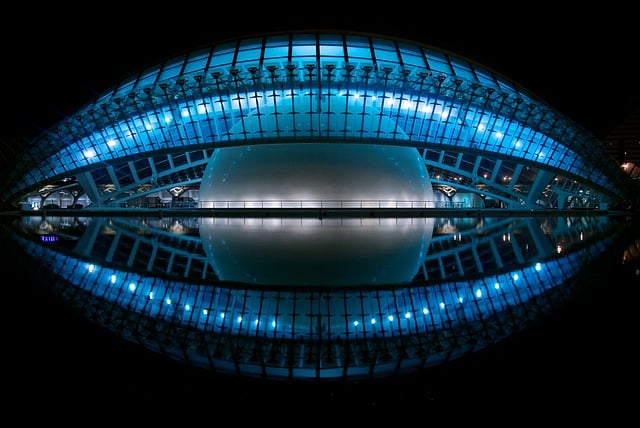
When we think of March Madness and place technology in the picture, we usually limit its influence on online sports betting, and the different ways technology makes it possible and convenient for us to access it.
In other words, we think of how technology makes it possible for us to place online bets on the event while providing us with smartphones and the internet so we can access platforms that share data on odds to win March Madness. But there’s more.
Each year, the ball gets tipped, and the NCAA basketball tournament continues to leave us in awe as we wonder how the event can put on a magical show time and time again. Granted, technology won’t stop a Cinderella team from going through everyone’s brackets; however, it does play a significant role in how everything is done throughout the tournament.
In this article, we’ll look at the different technological innovations that have and continue to transform March Madness for the better.
March Madness and Technology: How They’ve Worked Together Over Time
Bracketology
Years ago, to fill out your bracket, you would have to combine instinct, guesswork, and a lot of knowledge of what’s presently happening on the college basketball field. Nowadays, things have changed.
We now have companies and people using analytics and predictive modeling to evaluate how statistical techniques and machine learning work to improve one’s ability to look into the future and forecast who the NCAA tournament winners will be.
Online Tickets
Year after year, college students with promising basketball teams make their way to scoring game tickets by lining up at box offices well in advance. But the case is a little different for students who don’t have a faculty pass or are without a student ID.
This is how March Madness sees a surge in ticket sales when they look at online companies like StubHub. To help supporters have access to game tickets, some schools allow mobile ticketing so everyone can use their smartphone as a way to get a ticket.
Tech Sponsors
Like the Super Bowl, a lot goes on with March Madness events, where we see a parade of expensive ads and many tech companies joining the frenzy to target the nation as a whole.
It’s said that the NCAA itself works with some direct and prominent sponsors like the telecommunications behemoth AT&T, the cellphone manufacturer brand called LG, Amazon Echo, and Microsoft’s Bing.
Televised Tech
Years ago, if you tuned in on ESPN Classic and watched an old March Madness game, you’d notice that the games looked like what you’d find in a gym, even though the graphics would be tricked out and well attended with mascots, bands, and cheerleaders.
Nowadays, March Madness games look like movies where each second of the game is shot from all angles with the help of sophisticated graphics and editing, ensuring everything is detail-oriented with slow-motion replays.
App Madness
These days, no one is short of quickly downloading and installing a mobile app to help stay informed of what’s going on with the tournament. At the moment, the NCAA has three apps, CBS and ESPN, and their very own app.
Then, you have hundreds of other developers and companies that offer the same service. Some of these apps are launched to help fans monitor scores and games, while other apps work to organize pools and gambling.
Live Streaming
Years ago, fans would have to physically attend games to watch them or tune in on all the action by watching matches on television. During these times, you would have to cross your fingers in, hoping you wouldn’t be stuck at work when your favorite game would begin.
Today, fans have the option to stream every game across any device.
Digital Whistles
Before technology was what it is today, scoreboard operators who were placed on the field’s sideline would have to pause the game clock each time a referee would blow their whistle. Well, things have changed as technology has paved the way for improved transformation to take place.
Nowadays, each time the referee blows his whistle, the clock automatically stops because of a timing device that’s carried by every on-court official.
